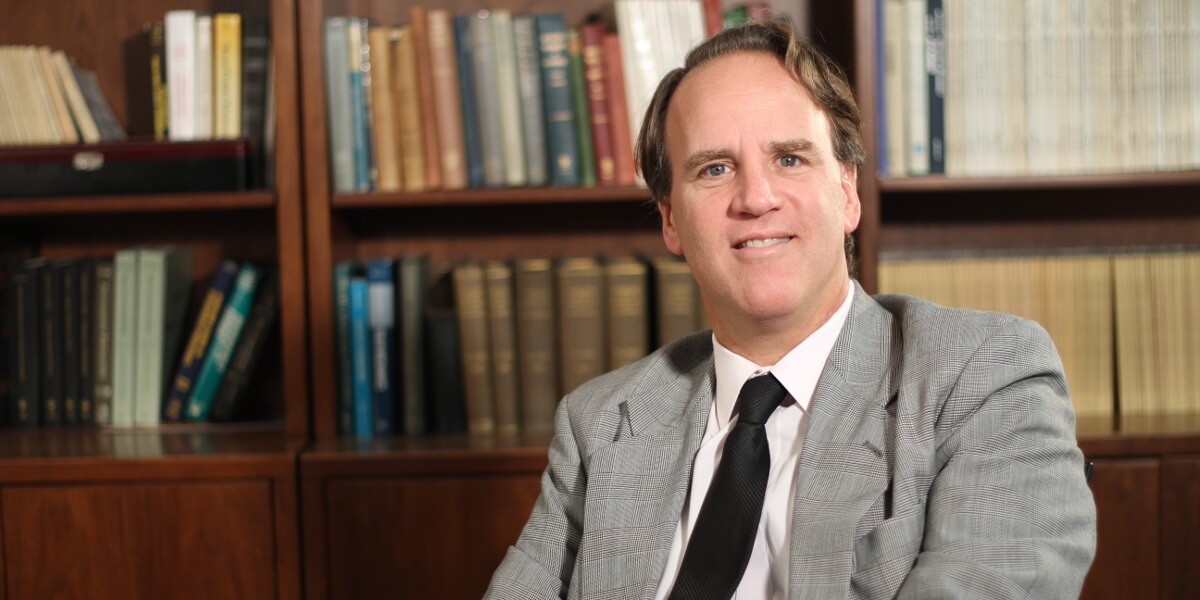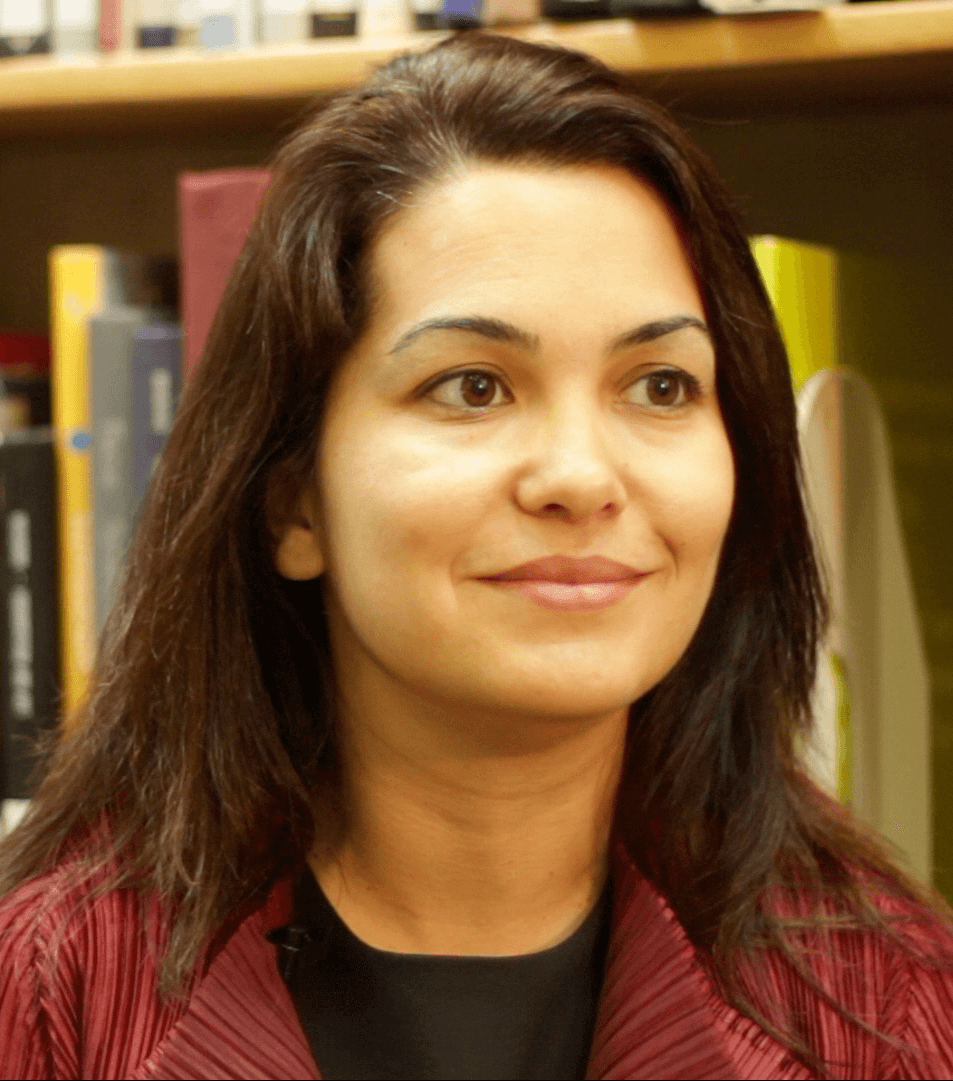
USC Viterbi’s Lucio Soibelaman, chair of the Sonny Astani Department of Civil and Environmental Engineering (Photo/USC Viterbi)
Imagine receiving this text message at the beginning of the month: “Hey, your estimated budget for electricity this month is $100. If you continue at the rate that you are currently going, your final total will be closer to $130. Here are some options for how to lower that cost.” Only, this message is not from your electricity company: it’s from your house itself.
A science fiction novel?
A movie?
None of the above. This is the vision of Lucio Soibelman, chair of the Sonny Astani Department of Civil and Environmental Engineering at the USC Viterbi School of Engineering. Soibelman wants to create a smart house that knows his electricity budget for the month, periodically provides recommendations for ways to cut down on electricity usage and gives him monthly estimated total expenditures.
However, the house and humans are partners in this futuristic world.
“You have the option, you make the decision,” Soibelman said. “Today, we have too many smart houses that make decisions for us. I want to add the human back into the whirlpool.”
Soibelman’s current research is in appliance automation to improve energy efficiency, while still incorporating the human into the system.
One of his ideas is to create an iPhone app that sends a push notification whenever it detects that a particular appliance has been turned on. For example, the phone may buzz with the notification, “We detect the kettle has been turned on. Is this true?” The person would then confirm whether or not it had been turned on, helping the system learn their habits. If the algorithm noticed a pattern, say that the kettle was turned on every day at 8 a.m., it would eventually begin automating the kettle so the homeowner would no longer have to do it manually.
Soibelman’s research was initially funded by BOSCH, which enabled him to engineer sensors that track electricity output individually. He then received a grant of approximately $1.5 million from the National Science Foundation (NSF). Soibelman and his team used this grant to deploy the sensors in 25 houses in Funchal, Madeira Island, and then used the data collected to improve their technology.
The project has encountered several challenges along the way. For instance, appliances initially had to be turned on and off between 10 to 20 times so the sensors could learn to recognize their unique energy signatures. Thankfully, that, among other difficulties, has been resolved over time.
Another problem Soibelman and his team noticed was that though the participants saved approximately 20 percent off their bills, their personal savings were often not significant enough to motivate them to continue; they went back to their old behaviors. This then raised the question of how best to motivate individuals to change their behavior – which required some multidisciplinary collaboration.
To find solutions to these problems, the research team has collaborated with Wendy Wood, Provost Professor of Psychology and Business at the USC Dornsife College and the USC Marshall School of Business; and Gale Lucas, a senior research associate at the USC Institute for Creative Technologies. One idea: showing people their savings in terms of how many trees they’ve saved rather than in monetary value.
Another is taking advantage of the natural human competitive spirit.
“Many people don’t care about saving small amounts of money, but they want to be more efficient than their neighbor. These are the kinds of things we learn from collaborating with psychologists,” Soibelman said.
Soibelman first began his research while he was a professor at Carnegie Mellon University. His initial inspiration was to invent a way to make his electricity bill much more easily comprehensible, like a supermarket bill.

Burcin Becerik-Gerber
Since joining USC’s faculty in 2012, he has also collaborated with Burcin Becerik-Gerber, an associate professor of civil and environmental engineering. She was included in the 2012 MIT Technology Review list of the world’s top innovators under 35 due to her research on building-human interactions.
“We have been working on programming recognition of daily activities in real time, as well as integration of user automation preferences into an intelligent automation system,” Becerik-Gerber said. “The idea is that the system learns a person’s nuances and adapts to them, and building trust between the users and automation system.”
Soibelman also has collaborated with USC Viterbi Ph.D. student Simin Ahmadi Karvigh. Ahmadi Karvigh is currently working on the automation of both appliances and the building as a whole, with the goal of making the entire system more energy-efficient while reducing costs and satisfying the user.
“This is such a new topic, and it feels really good working on it,” she said. “We’re trying to reduce energy consumption, but we also want to make people happier in the buildings themselves.”
Published on October 4th, 2017
Last updated on May 17th, 2023










